Sadako Statue In Hiroshima Peace Park

Sasaki Sadako Memory Hiroshima Peace Memorial Park Stock Photo Download Image Now Istock
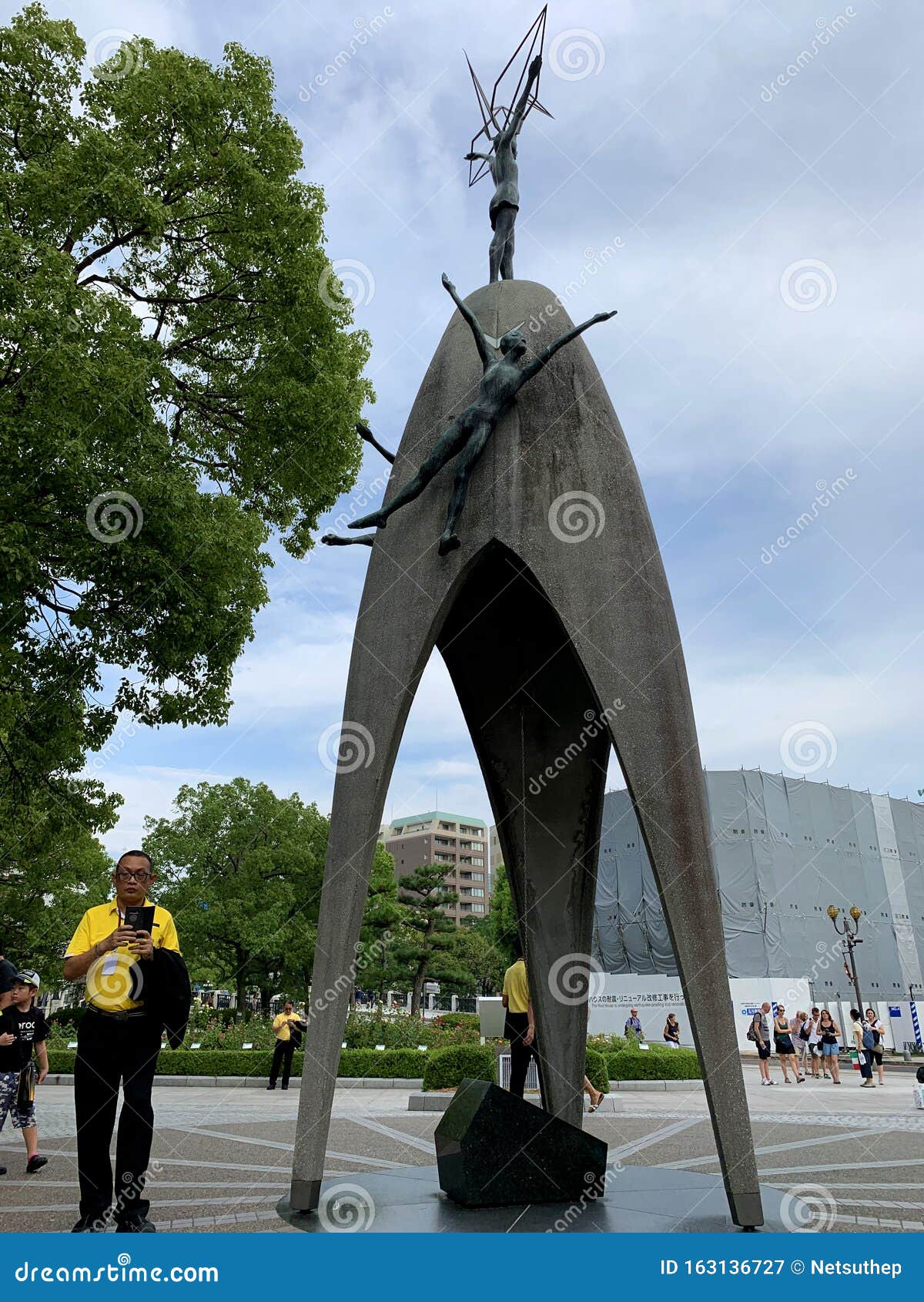
Sadako Sasaki Statue At Hiroshima Peace Memorial Park Editorial Photography Image Of Building Memorial
Hiroshima Peace
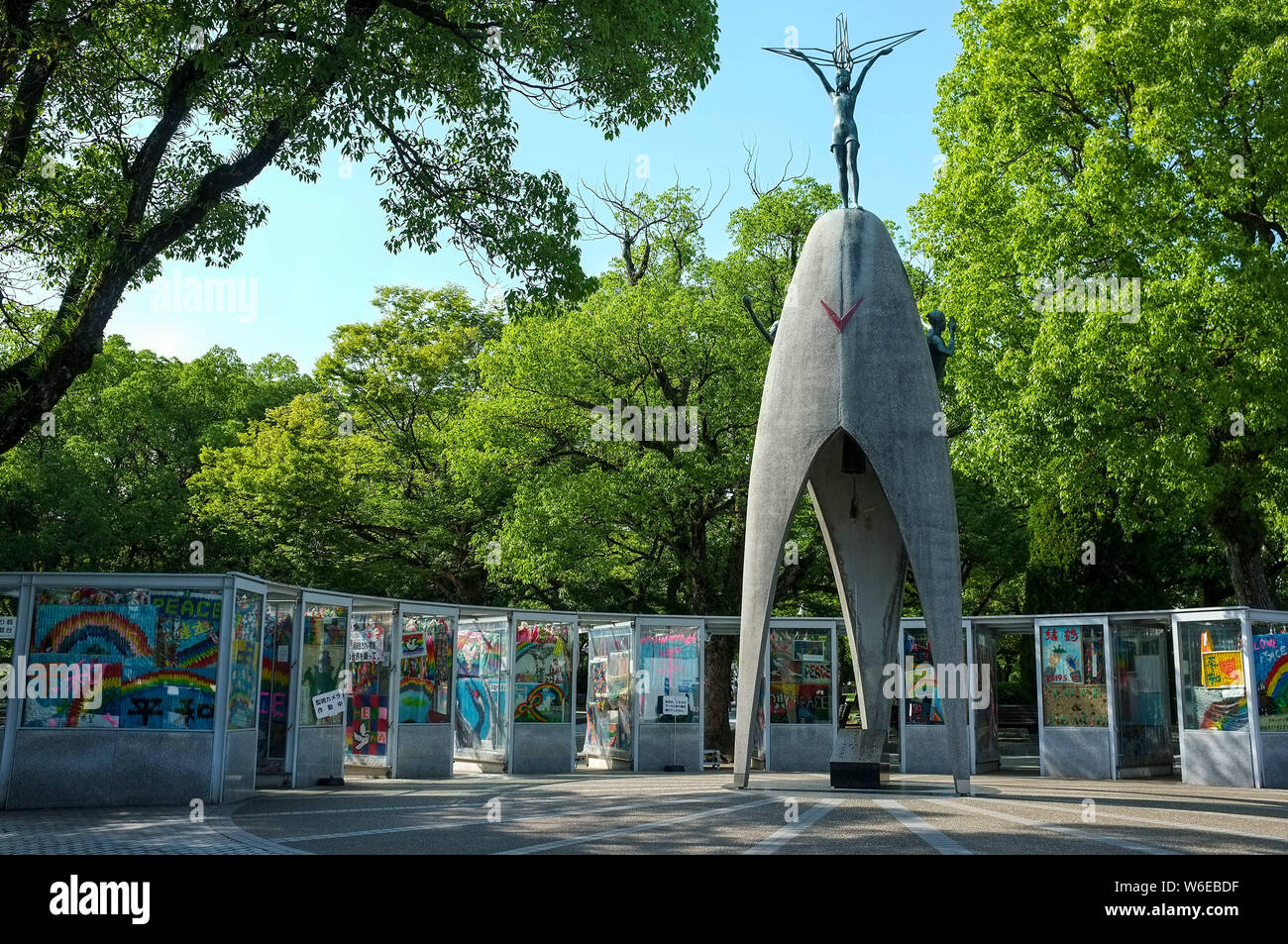
Children S Peace Monument In The Hiroshima Peace Memorial Park In Hiroshima Japan This Monument Was Built To Commemorate Sadako Sasaki Stock Photo Alamy
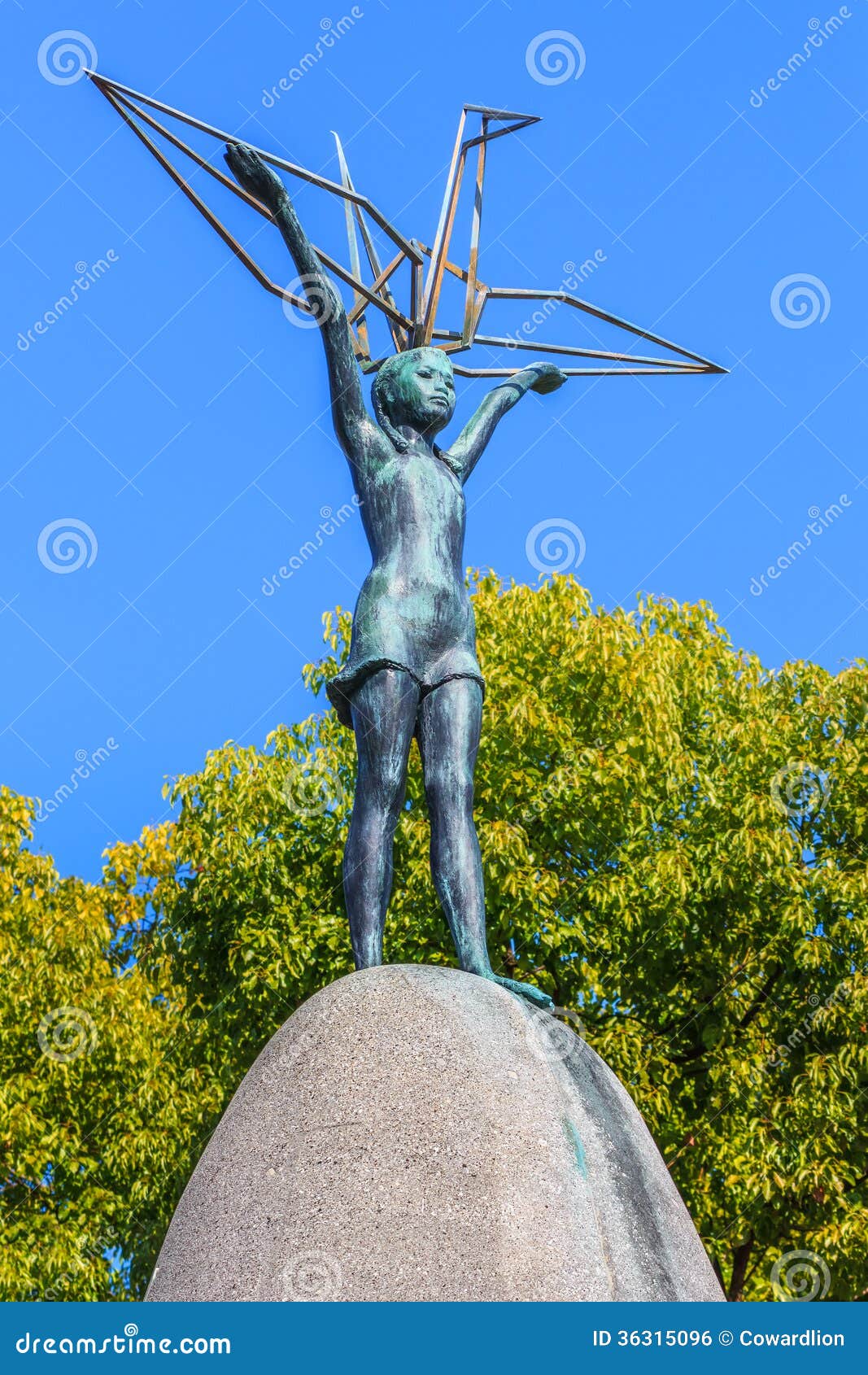
Children S Peace Monument In Hiroshima Stock Photo Image Of Sasaki Travel

Sadako Sasaki Tragedy Hope And 1 000 Paper Cranes By Interesting Shit Medium
Seattle Peace Park Sadako Sasaki statue Sadako Sasaki (佐々木 禎子, Sasaki Sadako?, – ) was a Japanese girl who lived near Misasa Bridge in Hiroshima, Japan when the atomic bomb was dropped on Hiroshima Sadako was only two years old on when she became a victim of the atomic bomb.

Sadako statue in hiroshima peace park. On , the United States dropped an atomic bomb on the city of Hiroshima Ten years later, 12yearold Sadako Sasaki died of radiation sickness Her classmates raised money to erect a children’s monument in Hiroshima’s Peace Park and triggered a worldwide effort by children to fold thousands of origami paper cranes as their prayers for peace. The Children's Peace Monument was opened to the public on (children's day in Japan) after the sudden passing of Sadako Sasaki, a 12yearold girl who was exposed to the bomb at the age of 2 Ten years after the bombing, Sadako was diagnosed with leukemia Believing in the myth that folding 1,000 paper cranes would grant a wish. Photo about Hiroshima, Japan Tourists visit Sadako Sasaki statue at peace memorial park on in Hiroshima, Japa Image of building, memorial, little.
*now with subtitles!MerRyan visits Hiroshima Peace Park!Hiroshima Peace Memorial Park is a memorial park dedicated to the legacy of Hiroshima as the first ci. There is also a statue of Sadako holding a crane on top of the Children’s Peace Monument, which is located in the Hiroshima Peace Memorial Park The monument was built using money derived from a fundraising campaign by Japanese school children, including Sasaki’s classmates, with the main statue entitled Atomic Bomb Children. On , almost 3 years after Sadako had died, enough money was collected to build a monument in her honor It is now known as the Children’s Peace Monument, and is located in the center of Hiroshima Peace Park, close to the spot where the atomic bomb was dropped Opening Ceremony, May 1958.
Special Exhibition 4 Sadako Through the Years From Hiroshima to the World The campaign to build the Children's Peace Monument, inspired by Sadako's death, spread nationwide, and the monument was completed three years later Subsequently, it became the story of Sadako and the paper cranes was taken up in picture books and other works. The statue Sadako and the Thousand Cranes sculpture at Peace Park has been vandalized in an act similar to the incident in December of 03 when its arm was sawed off and thrown into the Lake Washington Ship Canal and its leg damaged Today a Seattle Times photographer noticed her arm had been torn off and contacted Parks and Recreation. HIROSHIMA, JAPAN, NOVEMBER 21, 1015 The Children's Peace Monument, with a figure of Sadako Sasaki at the top of the statue, and a boy and a girl at t HIROSHIMA, JAPAN Children's Peace Monument at sunset.
Children's Peace Monument in Hiroshima JapanToday I visit the Children's Peace Monument in the Peace Memorial Park in Hiroshima Japan This is a monument ded. Beautiful little park I often pass by it on my evening runs The statue, the little girl Sadako, is always draped with a rainbow of folded paper cranes, while the writing on a post nearby dedicates the park to the hope of peace It's a fantastic monument to the story of Sadako and all those affected by the bombs. A statue of Sadako at the Hiroshima Peace Memorial Park is accompanied by a plaque that reads, “This is our cry This is our prayer Peace on Earth” According to the City of Hiroshima, each year approximately 10 million cranes contributed from around the world are displayed at the Children's Peace Monument What to do with paper cranes.
Home / East Asia / Japan / Hiroshima / Peace memorial park / JP 16 Statue of Sadako Sasaki License image Order print Select image View lightbox Contact Sadako Sasaki was two years old when she was exposed to the radiation of the atomic bomb She grew up normally then developed leukemia and died at the age of 12 Before dying she folded. Ultimately the Seattle Parks Department decided the statue should remain in the Peace Park, and upon restoration was returned there in midJanuary 05 Sadako Sasaki ( – ) was a Japanese girl who lived near Misasa Bridge in Hiroshima, Japan when the atomic bomb was dropped on Hiroshima. Peace Park is the current home of the Sadako and the Thousand Cranes sculpture, created in 1990 by artist Daryl Smith The statue is a lifesize bronze of Sadako Sasaki, the young Japanese girl who survived the Hiroshima bombing only to die of radiation sickness at age 12 See More.
Located in downtown Hiroshima, the Peace Memorial Park is a place for remembrance – commemorating the city and the nearly 140,000 victims lost to the world’s first atomic bombing Easily accessible from Hiroshima Station on a minute tram ride, the closest exit is “Genbaku Domemae”— where the symbol of this memorial site becomes. This monument was dedicated on Children's Day, 1958, to Sadako Sasaki, who was exposed to the atomic bombing when she was 2 years old She developed leukemia ten years later and passed away Shocked by her death, her classmates put out a national call to "build a monument to mourn all the children who died from the atomic bombing". On , almost 3 years after Sadako had died, enough money was collected to build a monument in her honour It is now known as the Children’s Peace Monument and is located in the center of Hiroshima Peace Park, close to the spot where the atomic bomb was dropped 1958, unveiling of the Children's Peace Monument.
Hiroshima, Japan Tourist visiting Children's Peace Monument, This monument for peace to commemorate Sadako Sasaki and Hiroshima Peace Memorial park Children`s monument The Hiroshima Peace Memorial park and The Children`s Peace Monument Atomic Bomb Children Statue is a monument. In 1958, this statue of Sadako holding a golden crane was unveiled in the Hiroshima Peace Memorial Park To this day, people (mostly children) from around the world fold cranes and send them to Hiroshima where they are placed near the statue. Children’s Peace Monument There is also a statue of Sadako holding a crane on top of the Children’s Peace Monument, which is located in the Hiroshima Peace Memorial Park The monument was built using money derived from a fundraising campaign by Japanese school children, including Sasaki’s classmates, with the main statue entitled Atomic.
Peace Park is a park located in the University District of Seattle, Washington, at the corner of NE 40th Street and 9th Avenue NE, at the northern end of the University BridgeIts construction was conceived and led by Floyd Schmoe, winner of the 19 Hiroshima Peace Prize, and dedicated on , 45 years after the atomic bombing of Hiroshima, it is home to a fullsize bronze. Symbolizing a cry for world peace, the monument is constantly surrounded by arrangements of origami cranes sent as tributes by people from all over the world Today, thanks to Sadako and the children of Japan, the practice of folding cranes as a. The story of Sadako Sasaki, a young girl who lived through the bombing of Hiroshima, and eventually died from leukemia, is just one of many stories from Hiroshima on August 6th, 1945 Yet, Sadako’s story still resonates with many people today Sadako and family lived a little over one mile from the bomb’s hypocenter.
In 1958, a statue of Sadako holding a golden crane was unveiled in the Hiroshima Peace Memorial Park If you have a wish of your own to make, here are instructions for how to fold your own paper. Children's Peace Monument , Hiroshima When in Hiroshima, pay a visit to Children's Peace Monument, a touching memorial dedicated to Sadako Sasaki and the thousands of other children who died as a result of the atomic bomb Acquaint yourself with the moving story of Sadako, a little girl who developed leukemia from being exposed to radiation. Left The Children's Peace Monument, topped by the figure of Sadako Sasaki, is surrounded by paper cranes donated to Hiroshima's Peace Memorial Park from around the world.
This monument was built to commemorate Sadako Sasaki and the thousands of other innocent children who died due to the atomic bombing of Hiroshima Sadako Sasaki was a young girl who was exposed to the radiation of the blast at the age of. Cenotaph for the Abomb Victims (Memorial Monument for Hiroshima, City of Peace) This cenotaph was designed in 1952 by Kenzo Tange, then professor at the University of Tokyo, with a wish to reconstruct Hiroshima, the city destroyed by the world's first atomic bombing, as. The Hiroshima Peace Park (known as Heiwakinen in Japanese) is the first place most visitors to the city aim for when they arrive Whether you’re making an intercity day trip or intend to base yourself in Hiroshima for a few days you’re unlikely to come to town and not visit this site which serves as a prayer for peace, a memorial to the lives lost in the atomic bomb attack on the.
The Children's Peace Monument in Peace Memorial Park in the City of Hiroshima, is a statue of Sadako with a crane above her outstretched hands The plaque reads "This is our cry This is our prayer Peace in the world" Many strings of paper cranes are sent to the Hiroshima park, by children and people from all over. But when Seattle Parks Director Ken Bounds decided yesterday to leave the statue of Sadako Sasaki, a Japanese girl who died of leukemia after the atomic bombing of Hiroshima, at Peace Park, he. In January 1957, it was officially decided to build the Children's Peace Monument at the Hiroshima Peace Memorial Park A statue was completed on , two years after Sadako's passing on.
Statue of Sadako Sasaki in Hiroshima Peace Park The story of 1,000 cranes. The park features a bronze statue, by Daryl Smith, of Sadako Sasaki () holding a folded paper crane Sadako, who died at age 12 of leukemia caused by the atomic bombing of Hiroshima, made paper cranes an international symbol of peace through her effort to fold 1,000 cranes before her death. Life forever changed for Hiroshima and its residents on 6 August 1945 when the world’s first atomic bomb was dropped on the city Now, over 70 years later, visiting Hiroshima’s Peace Memorial Park, which comprises a number of memorials, monuments and museums dedicated to the legacy of the attack, is one of the most important and popular things to do in.
The Hiroshima Peace Memorial Park is all about the atrocities that happened during World War 2, and it’s dedicated to showing the world why there should never again be an atomic bomb used First, an outline of what happened in the 1940s that would be good to know for context before visiting Hiroshima.
3

The Childrens Peace Monument In Hiroshima Peace Memorial

Childrens Peace Monument In The Hiroshima Peace Park Print

Hiroshima Peace Memorial Park Wikipedia

Sadako At Peace The Seattle Times

Invitation To A Kamishibai Kotatsu Japanese Animation Festival
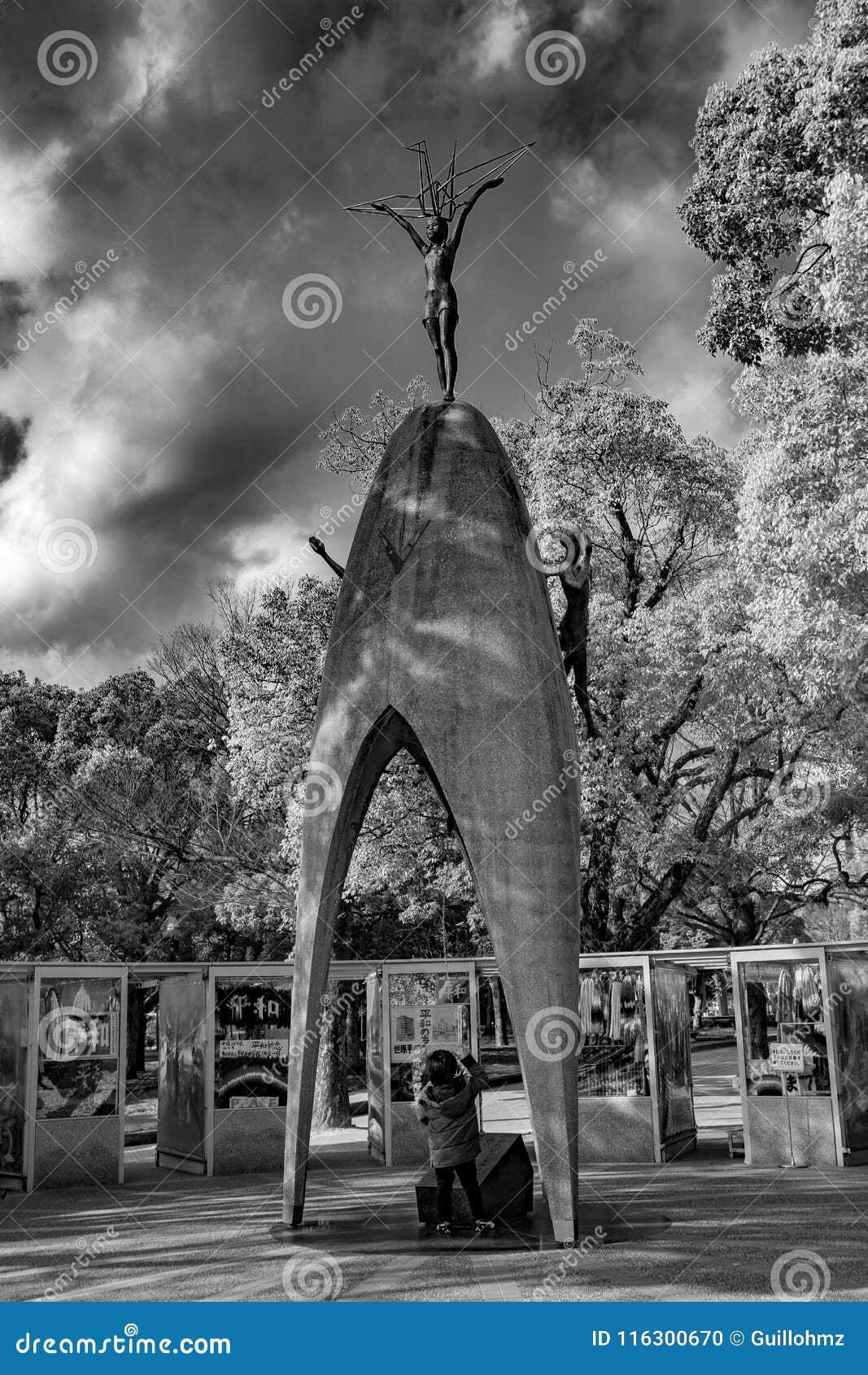
Hiroshima Peace Memorial Park Children S Monument Editorial Image Image Of Industrial Died

The Importance Of World Peace A Monument To Sadako Sasaki
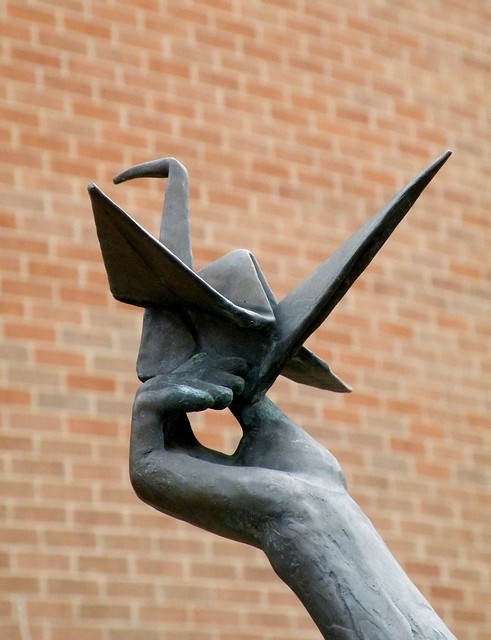
70 Peace Monuments Related To Children Sadako Sasaki Peace Cranes

Children S Peace Monument Things To Do Visit Hiroshima
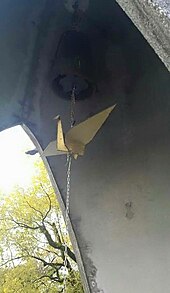
Children S Peace Monument Wikipedia

Children S Peace Monument Hiroshima Peace Memorial Park Hiroshima Western Honshu Japan Asia Stock Photo Picture And Rights Managed Image Pic Rha 846 2293 Agefotostock

Sadako Sasaki My Hero
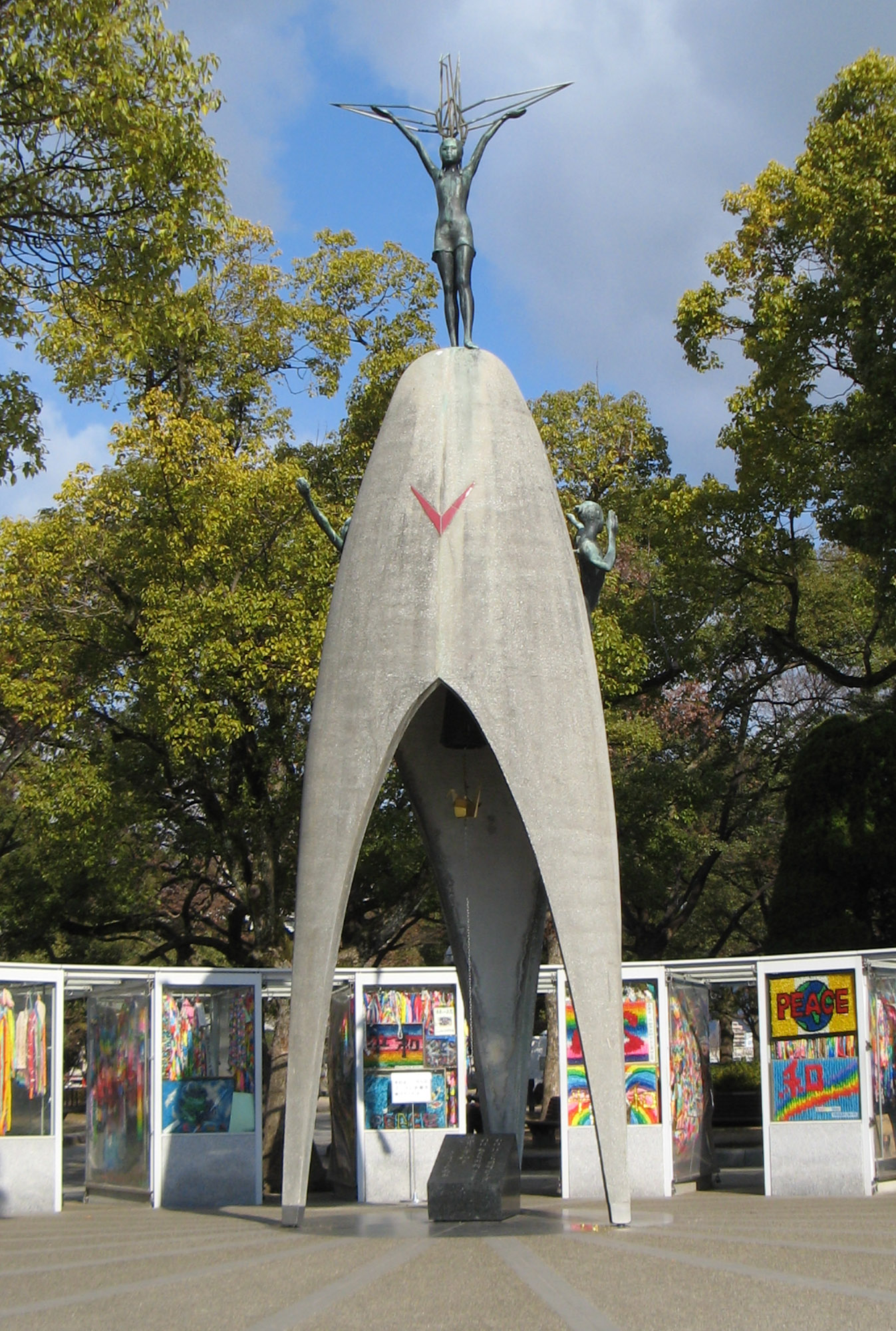
Statue Of The A Bomb Children Hiroshima Memorial Peace Park

1 000 Cranes This Is Our Cry This Is Our Prayer Peace In The World

Vandalized Statue Of A Bomb Victim Repaired The Japan Times
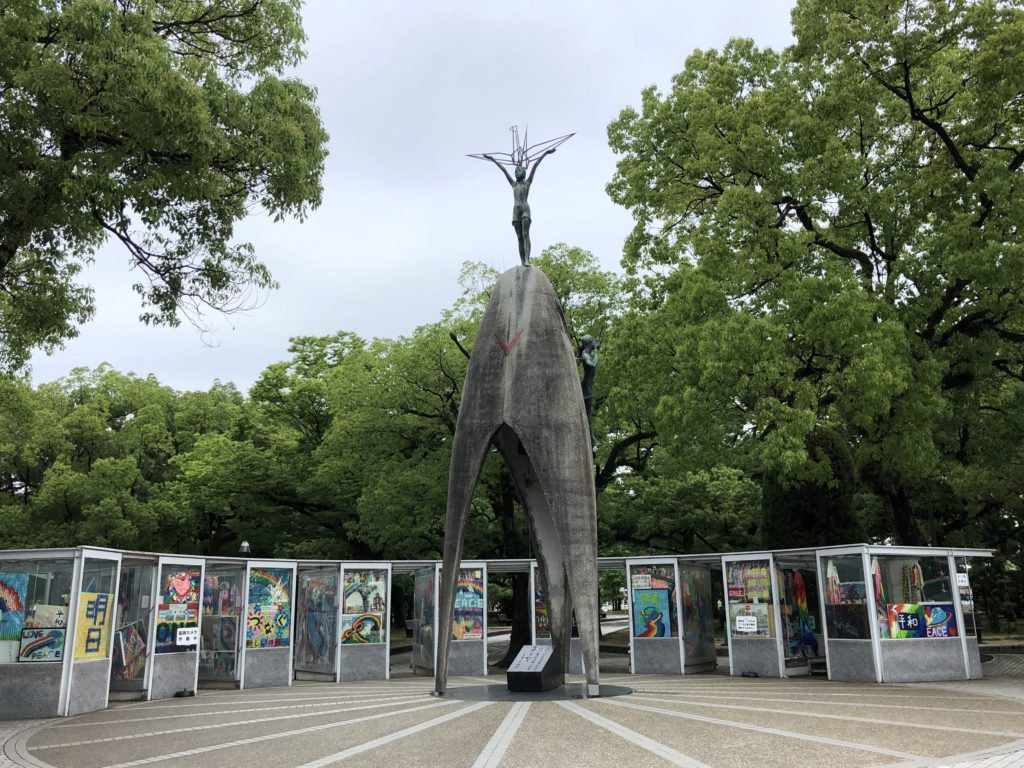
Children S Peace Monument Hiroshima For Global Peace
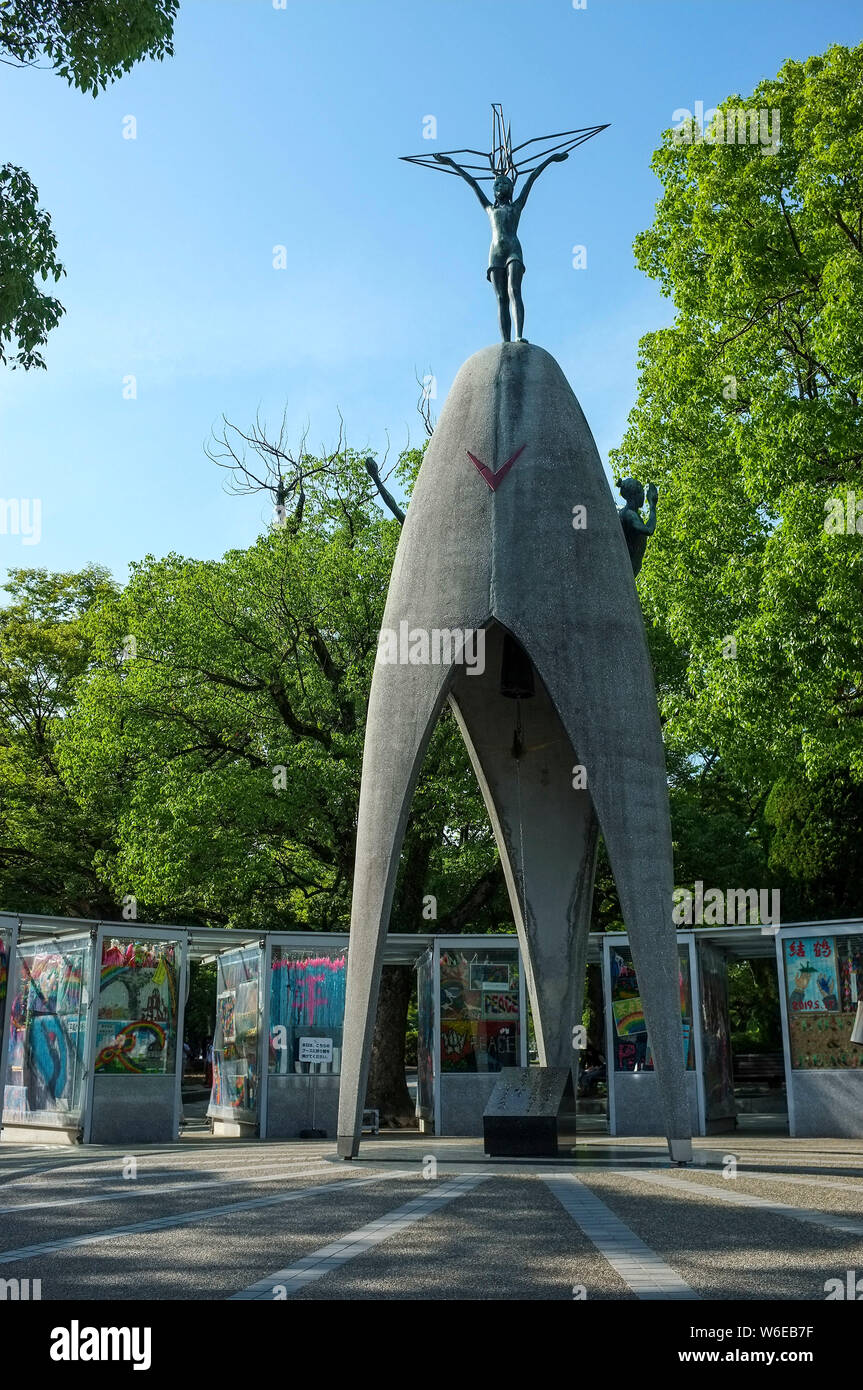
Children S Peace Monument In The Hiroshima Peace Memorial Park In Hiroshima Japan This Monument Was Built To Commemorate Sadako Sasaki Stock Photo Alamy
Hiroshima Ruins And Memorials

21 Hiroshima Peace Park Ideas Hiroshima Hiroshima Peace Memorial Japan
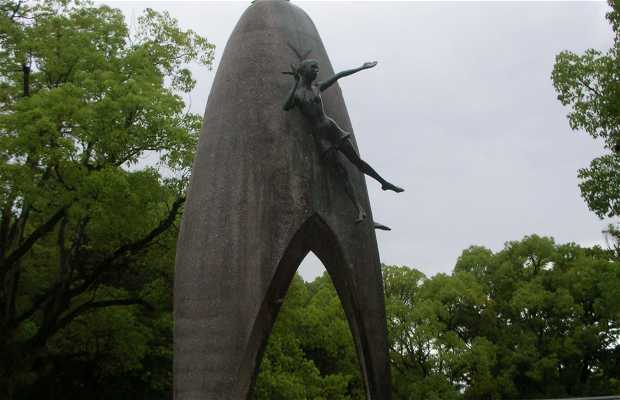
Children S Peace Monument In Hiroshima 8 Reviews And 32 Photos

Hiroshima Japan Image Photo Free Trial Bigstock

Hope Amidst The Ruins A Visit To Hiroshima Peace Memorial Park Stouchi Finder
Ec Europa Eu

Children S Peace Monument Hiroshima Peace Memorial Park Japan Stock Photo Picture And Rights Managed Image Pic Rdc Ad Agefotostock
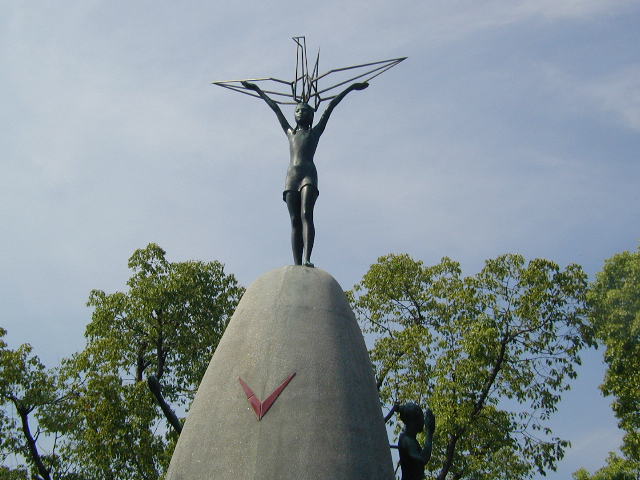
70 Peace Monuments Related To Children Sadako Sasaki Peace Cranes

Children S Peace Monument Model Sadako Sasaki S Paper Cranes To Be Released In Tokyo Teller Report

Sadako And The Thousand Cranes The Nuclear World Project

Hiroshima Peace Memorial A Figure Of Sadako Sasaki At The Flickr

Kyklops Hiroshima Peace Memorial Park Children S Peace Monument Hiroshima Peace Memorial Origami Crane Memorial Park

Children S Peace Monument And Sadako Saskaki S Paper Cranes Hiroshima Times Of India Travel

Sadako And The Thousand Paper Cranes Author Genre Study Com

Hiroshima Children S Peace Monument Sadako Sasaki S Story

Sadako Monument Hiroshima Peace Park Maethelwine Flickr

Sadako Sasaki Manhattan Project And The Bombing Of Hiroshima And Nagasaki
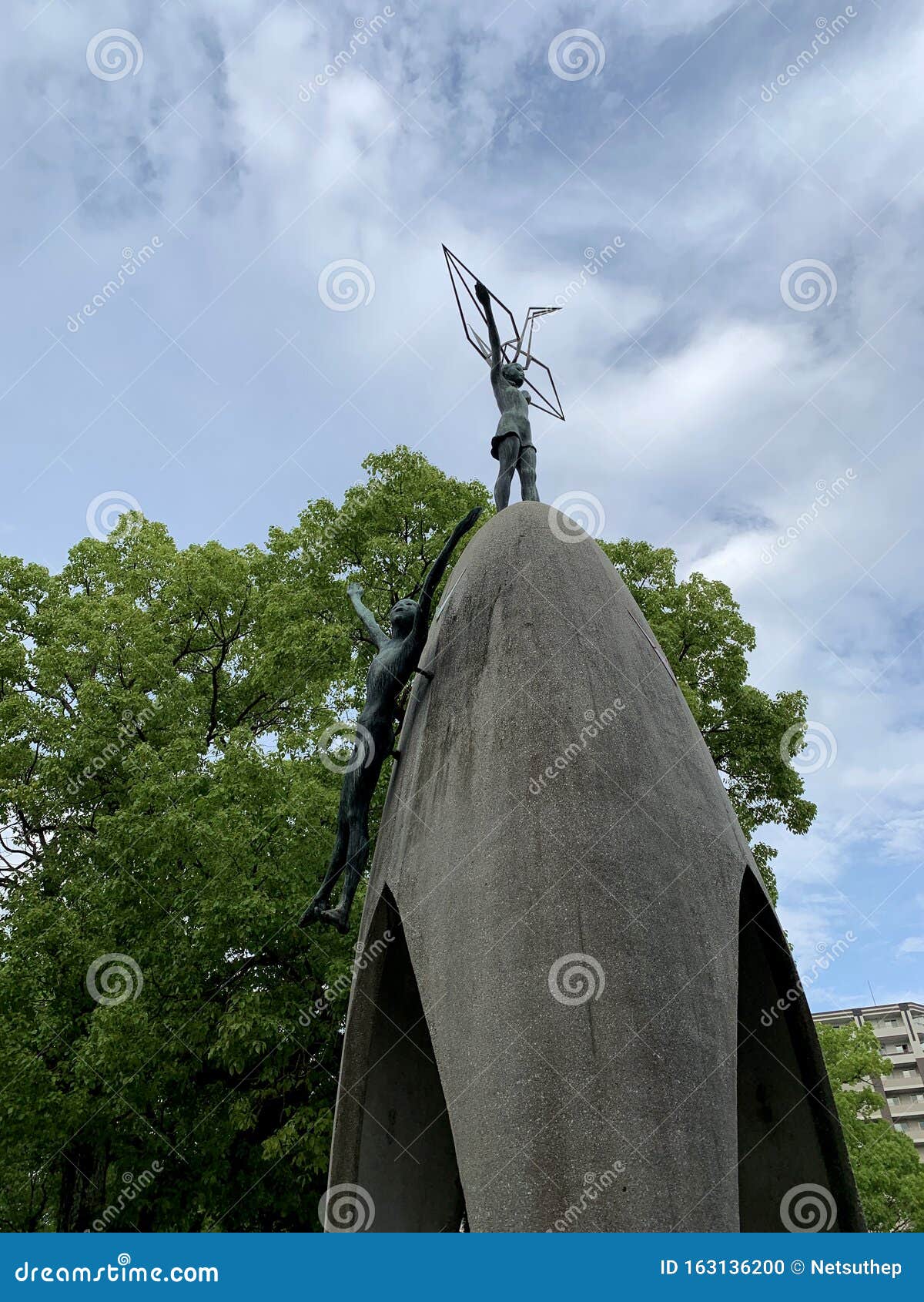
Sadako Sasaki Statue At Hiroshima Peace Memorial Park Editorial Image Image Of Health Human
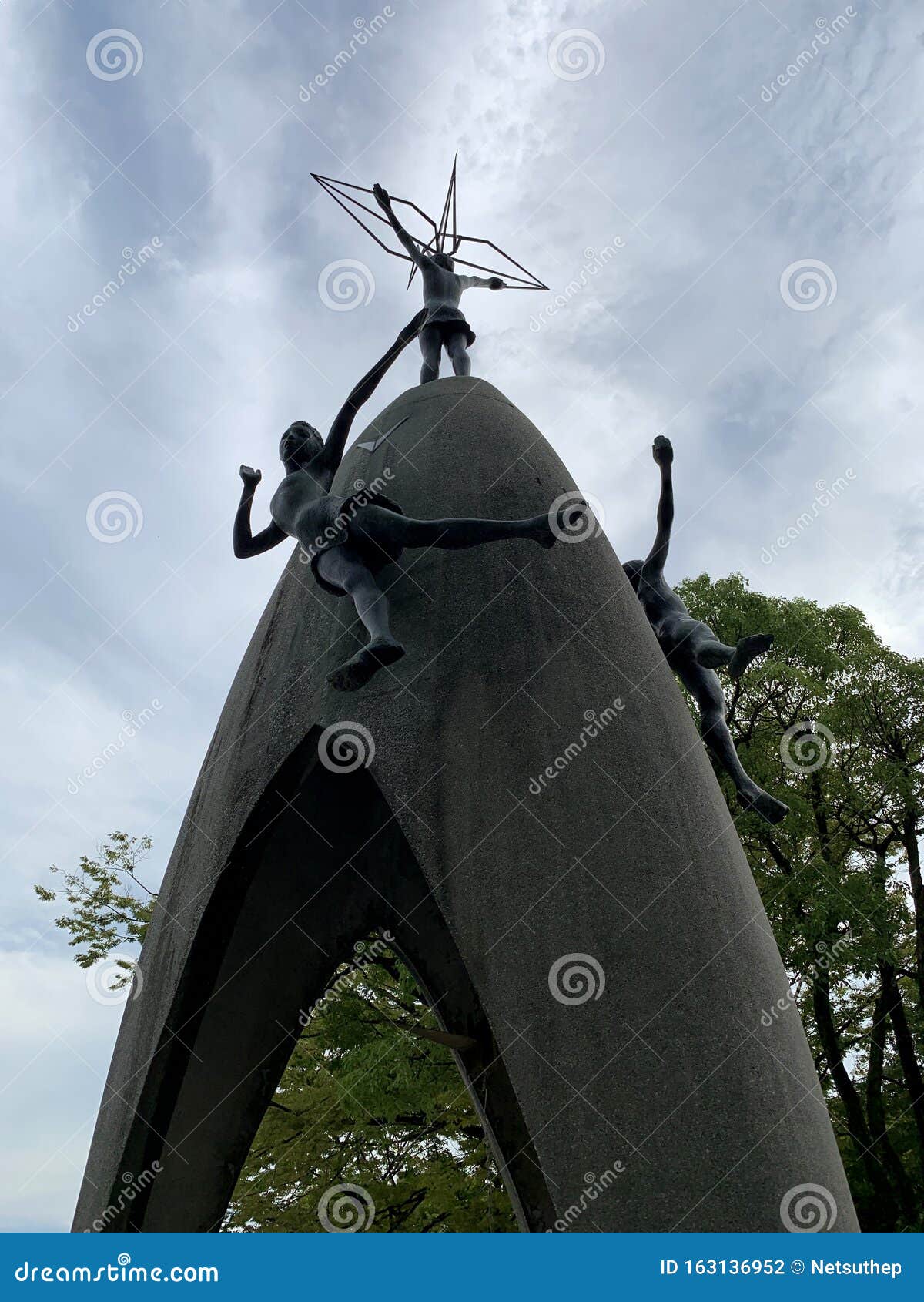
Sadako Sasaki Statue At Hiroshima Peace Memorial Park Editorial Photography Image Of Life Killing
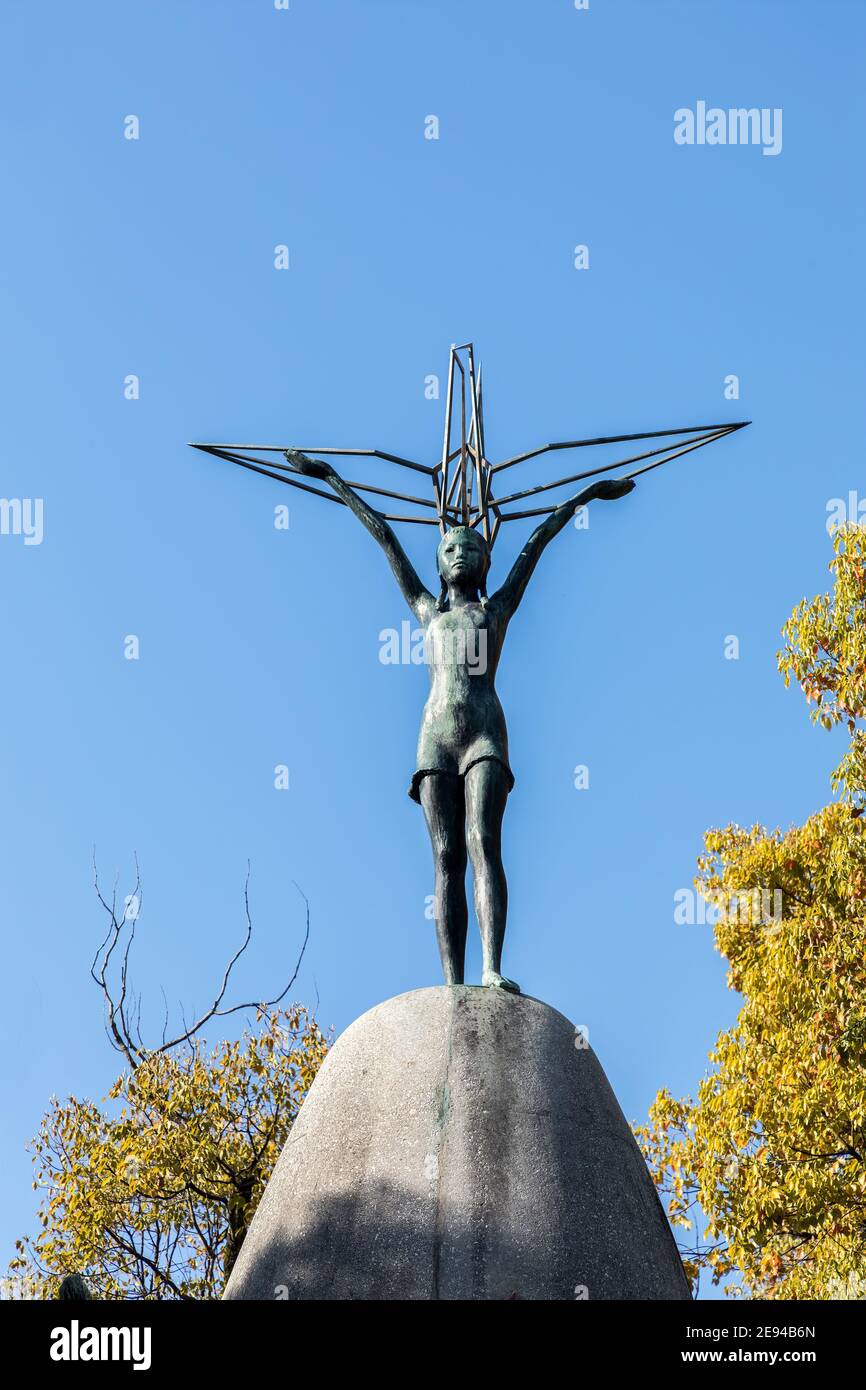
Children S Peace Monument Peace Park Hiroshima Japan With The Figure Of A Girl Sadako Sasaki On Top Stock Photo Alamy
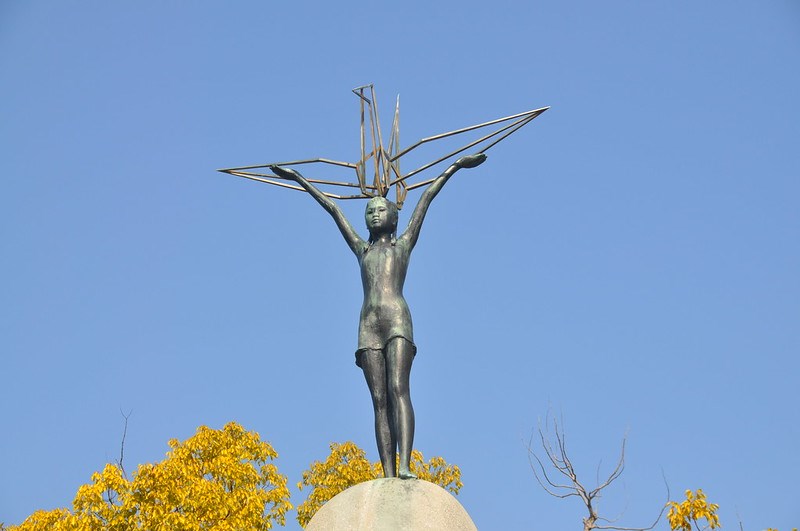
The Story Of Sadako Sasaki U S National Park Service

Statue Of Sadako Sasaki In Hiroshima Peace Park The Story Of 1 000 Cranes Leyendas Origami

The Children S Peace Monument In Hiroshima Uncover Travel

Children S Peace Monument In Hiroshima Attraction In Hiroshima Japan Justgola

Children S Peace Monument A Bombed Buildings Cenotaph Etc Explore Hiroshima Hiroshima City Regional Area Official Tourism Website
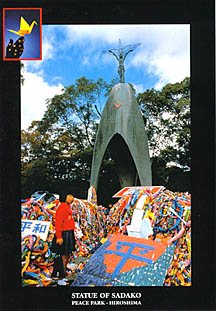
The Sadako Statue
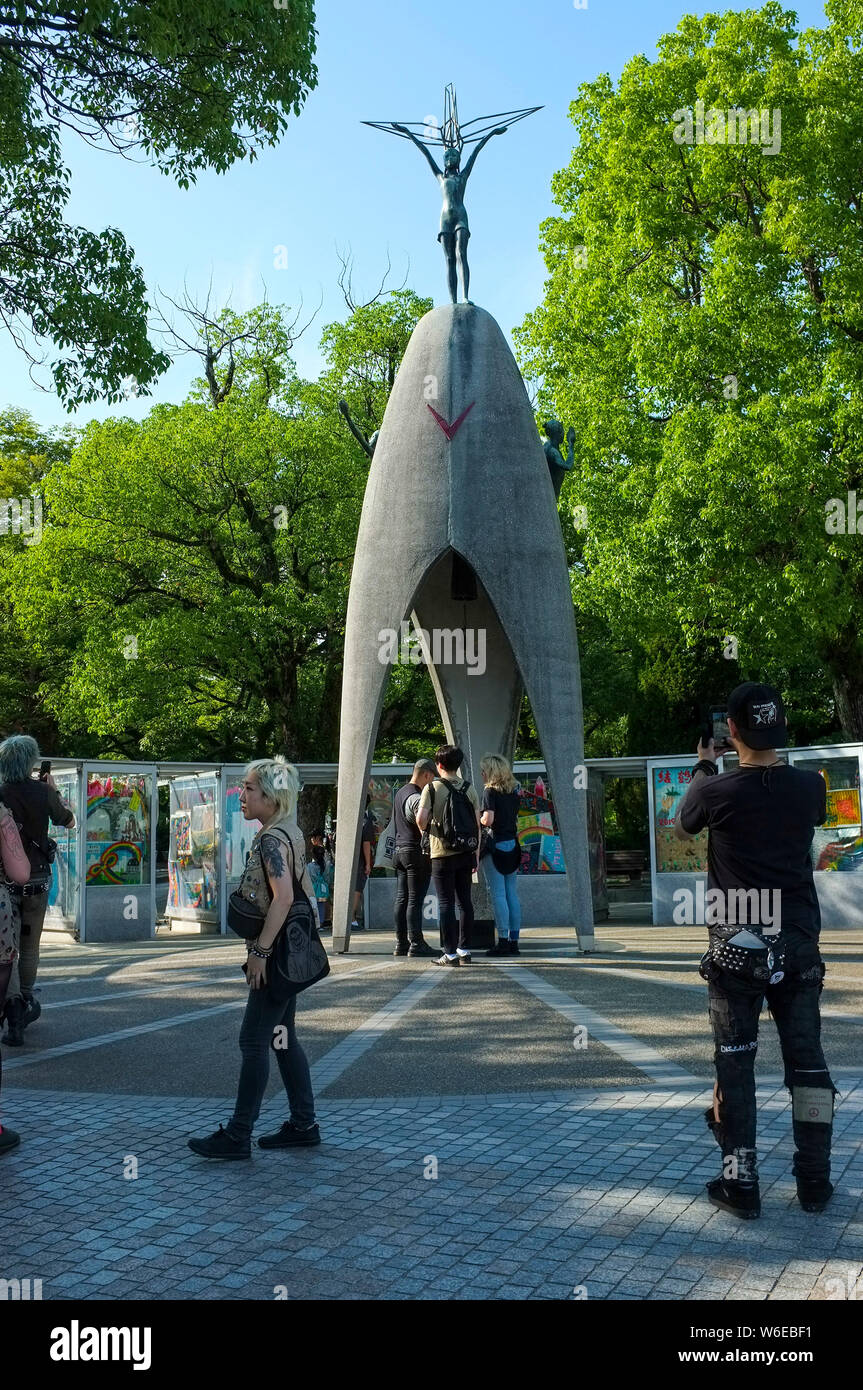
Children S Peace Monument In The Hiroshima Peace Memorial Park In Hiroshima Japan This Monument Was Built To Commemorate Sadako Sasaki Stock Photo Alamy
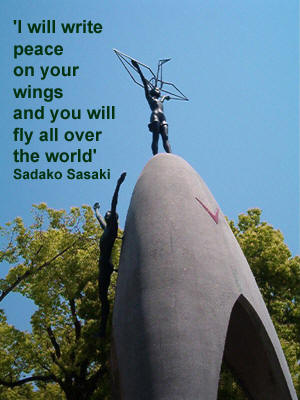
Transfiguration Specialfestivals Lectionary Bible Notes Christian Teaching Thisischurch Com

Hiroshima Prefecture Krista Rossow

Can You Visit Hiroshima Peace Memorial Park Without A Tour Know Before You Go Backpacking Japan Travel Blog Flashpacking Japan
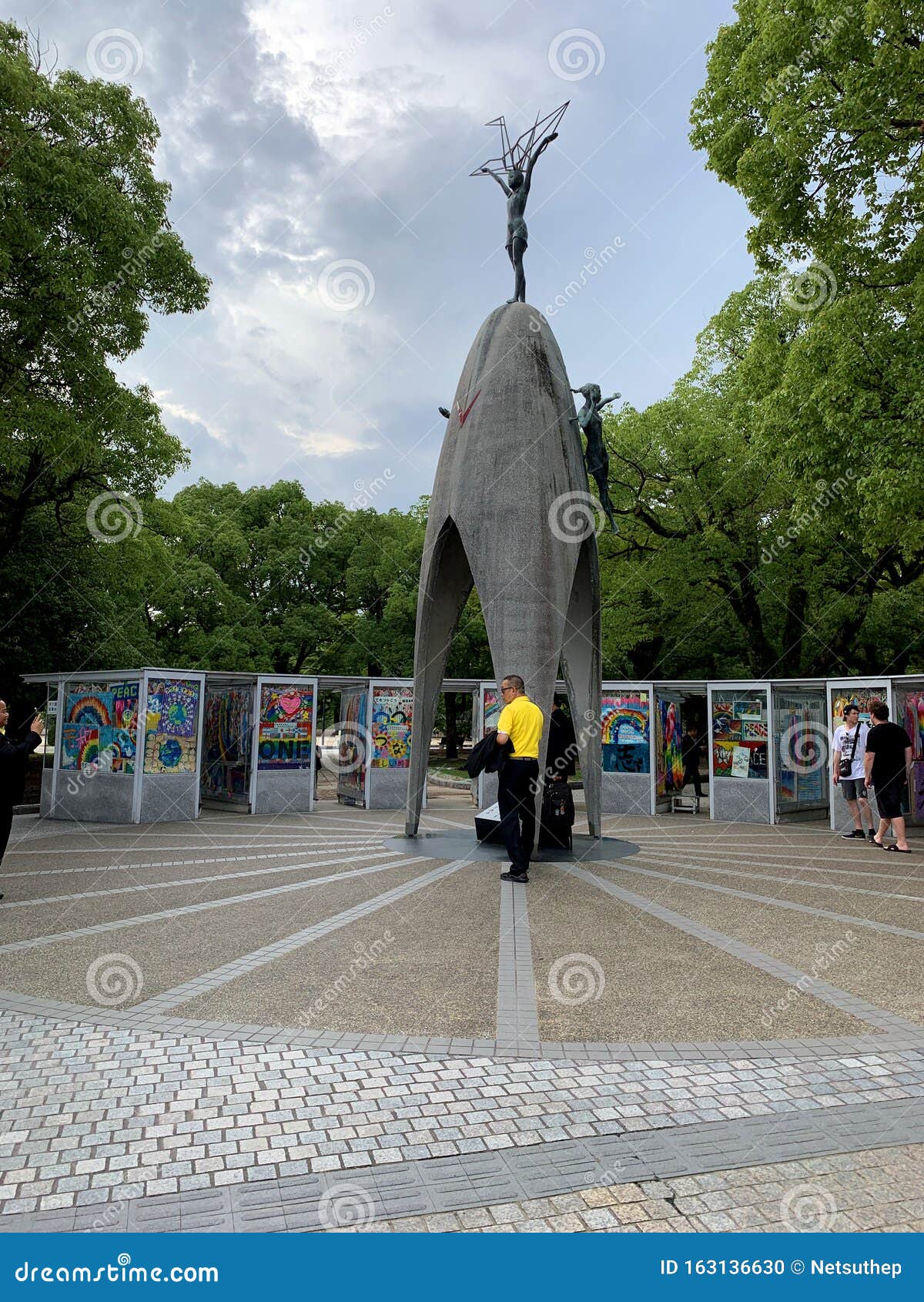
Sadako Sasaki Statue At Hiroshima Peace Memorial Park Editorial Image Image Of Architecture Field

21 Hiroshima Peace Park Ideas Hiroshima Hiroshima Peace Memorial Japan

Seattle Japanese Garden Community Blog I Will Write Peace On Your Wings And You Will Fly All Over The World Sadako Sasaki
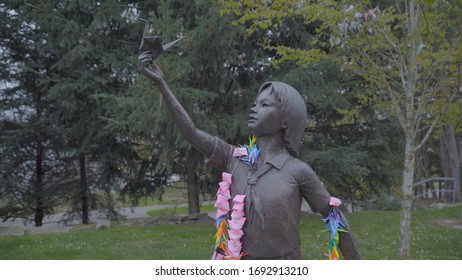
Sadako Sasaki Images Stock Photos Vectors Shutterstock
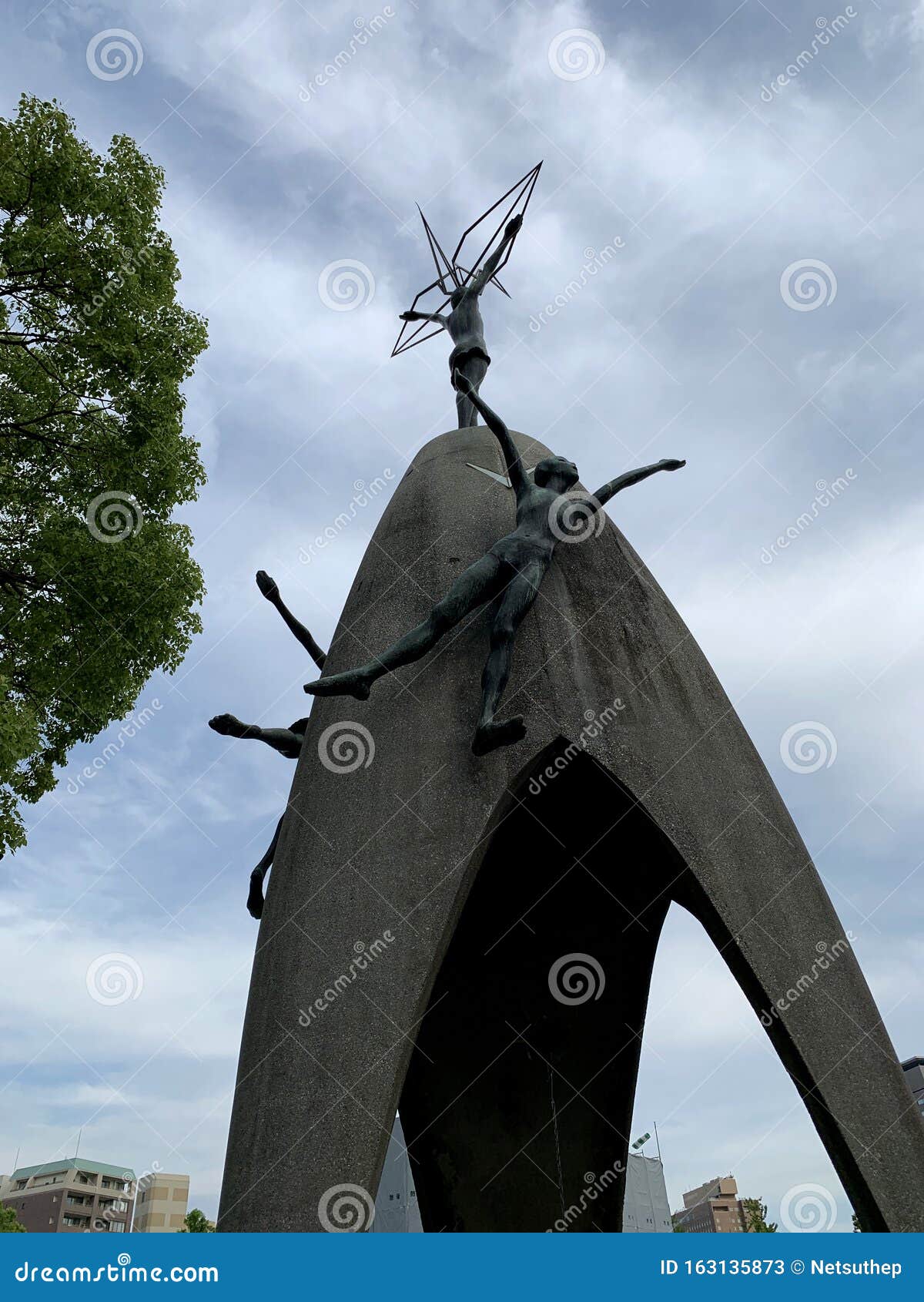
Sadako Sasaki Statue At Hiroshima Peace Memorial Park Editorial Stock Photo Image Of Aioi Design

Sadako Sasaki Mayhem Travels

Sadako And Crane Statue Hiroshima Memorial Peace Park Ja Flickr

One Thousand Cranes Sculpture Smudgy Guide

World Organization Of The Scout Movement Wosm This Is Our Cry This Is Our Prayer Peace In The World Sadako Sasaki Was Two Years Old When The Atomic Bomb Was
1
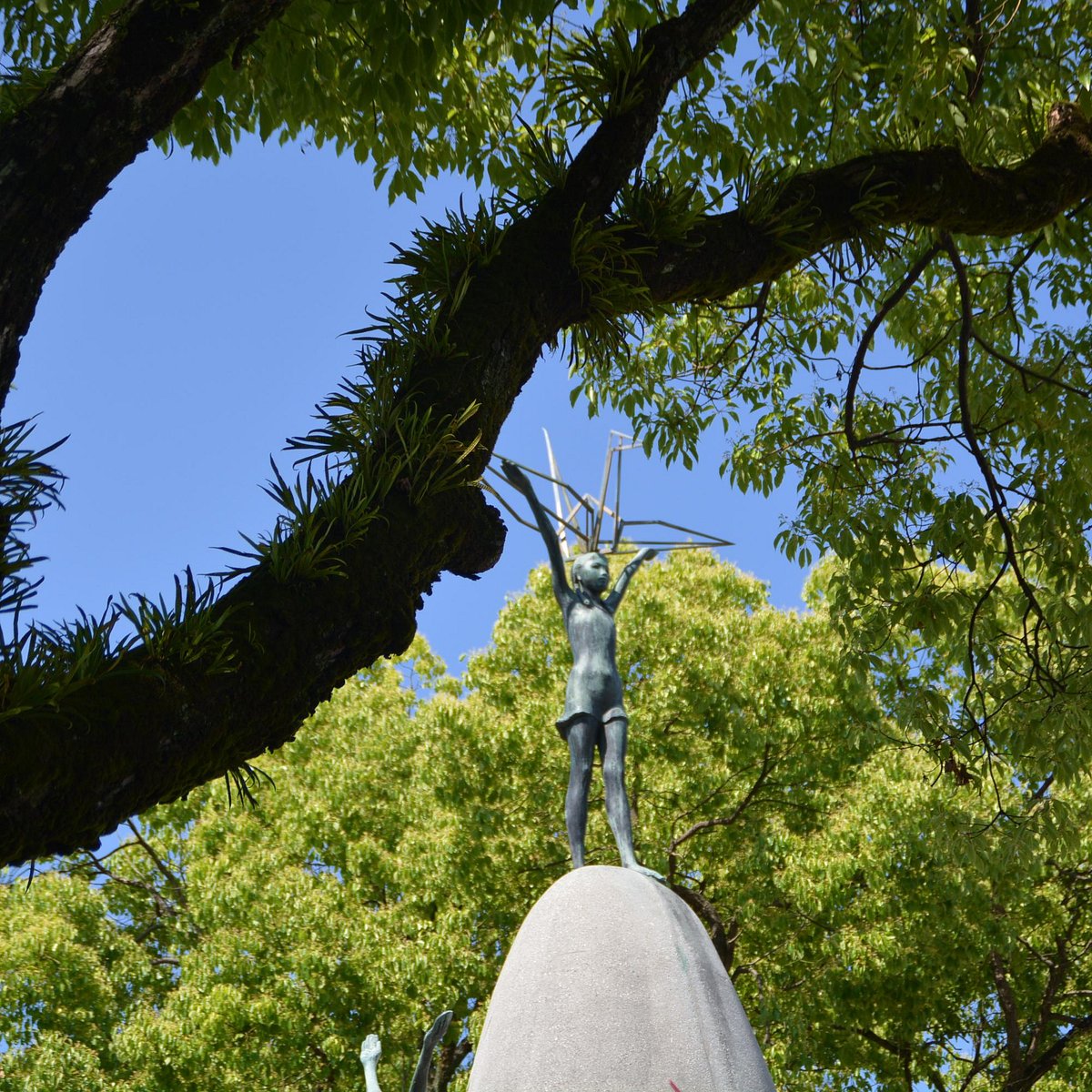
Children S Peace Monument Hiroshima 22 All You Need To Know Before You Go With Photos Hiroshima Japan Tripadvisor

Hiroshima Japan November 21 1015 The Children S Peace Monument With A Figure Of Sadako Sasaki At The Top Of The Statue And A Boy And A Girl At The Sides Stock Photo
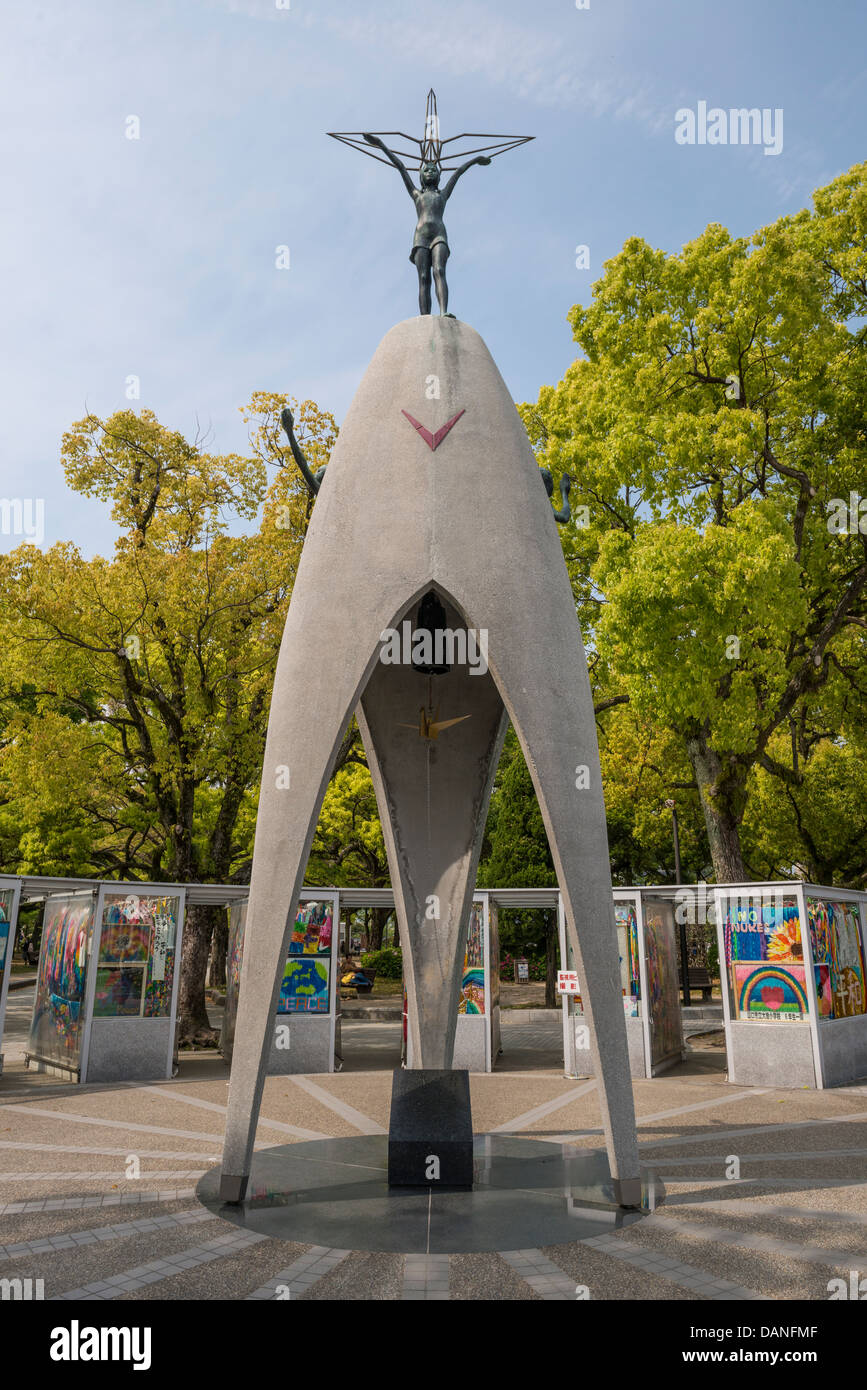
Children S Peace Monument In Hiroshima Peace Memorial Park Japan Stock Photo Alamy
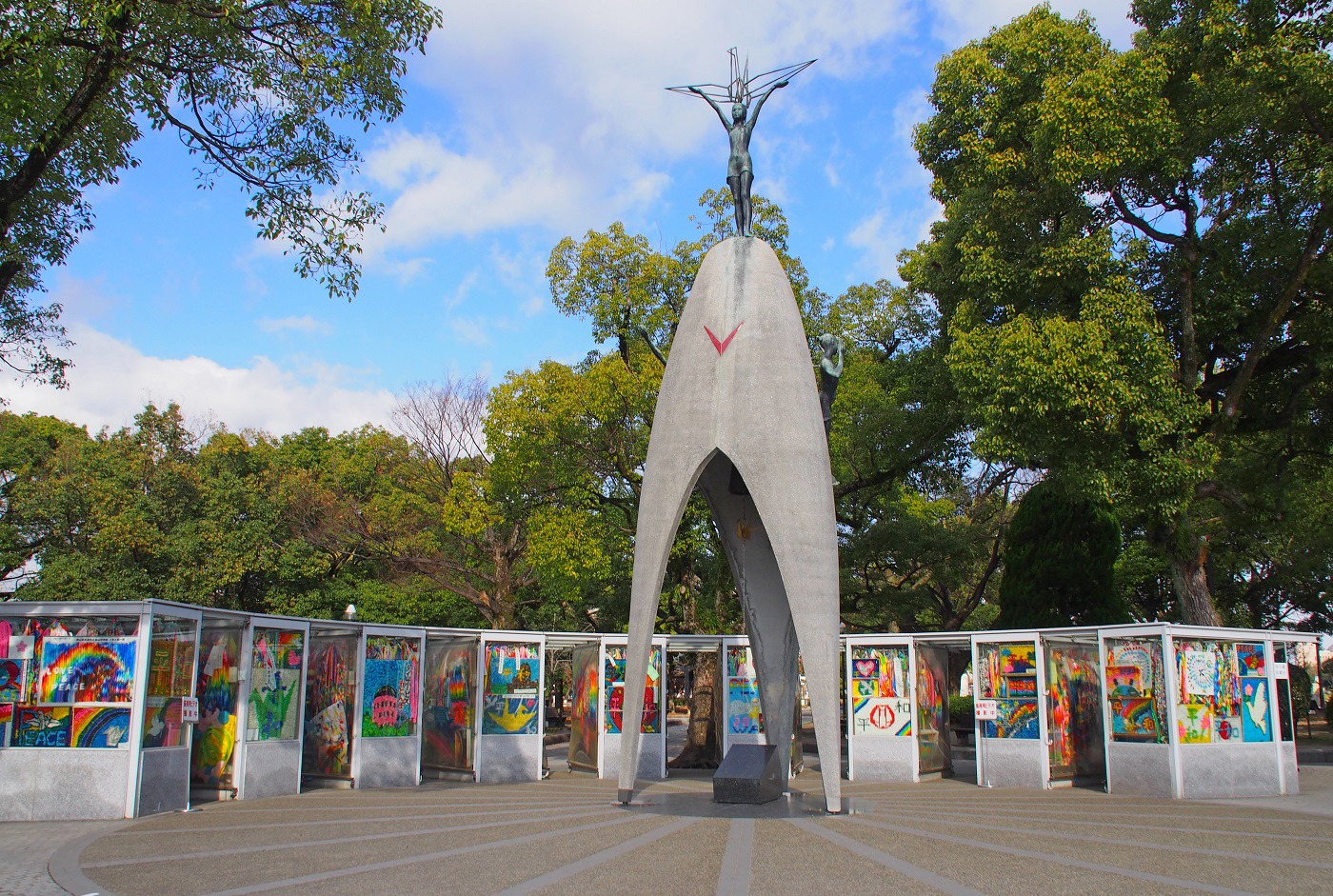
Children S Peace Monument Spot Hiroshima Peace Tourism

Children S Peace Monument In The Hiroshima Peace Memorial Park License Download Or Print For 79 84 Photos Picfair

Statue Of Sadako Sasaki In The Peace Park Hiroshima Japan Stock Photo Alamy
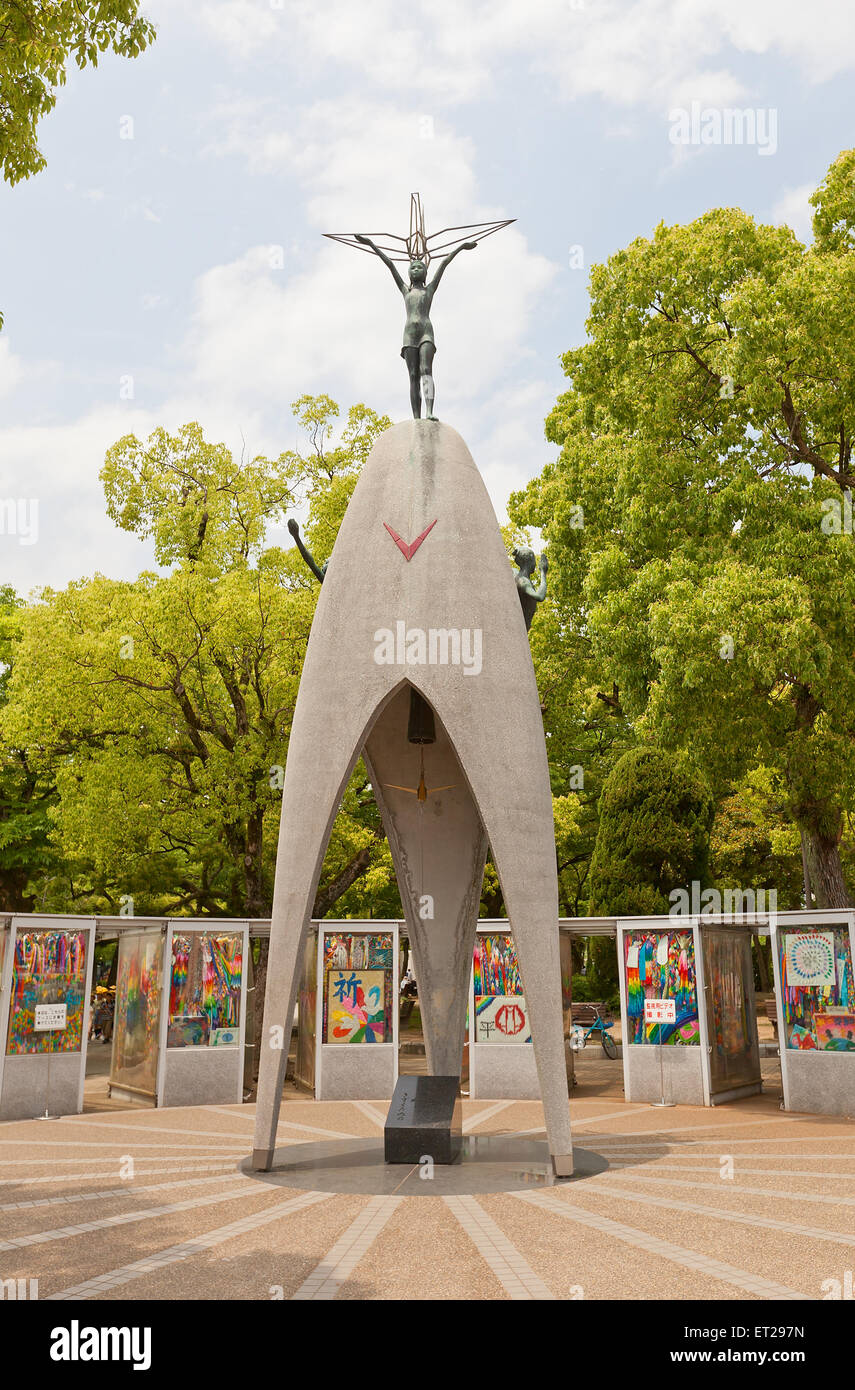
Childrens Peace Monument In Hiroshima Japan Commemorates Sadako Sasaki And Other Child Victims Of Atomic Bombing Of Hiroshima Stock Photo Alamy

President Obama Visited Hiroshima It Was Time

Childrens Peace Monument Stock Photo Download Image Now Istock

Sadako Sasaki S Story Coventry City Of Peace

Ipernity Sadako Sakasi In Hiroshima Peace Park By Stormlizard
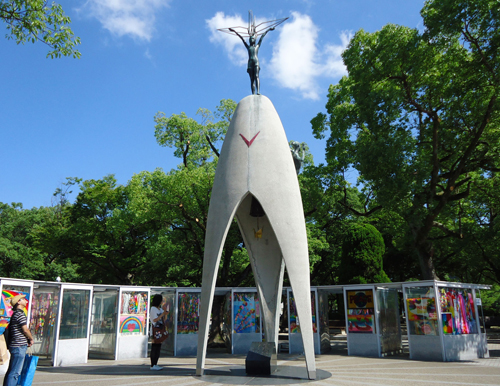
The Girl Who Transformed The Paper Crane Into The Symbol For Peace And Hope Huffpost Null
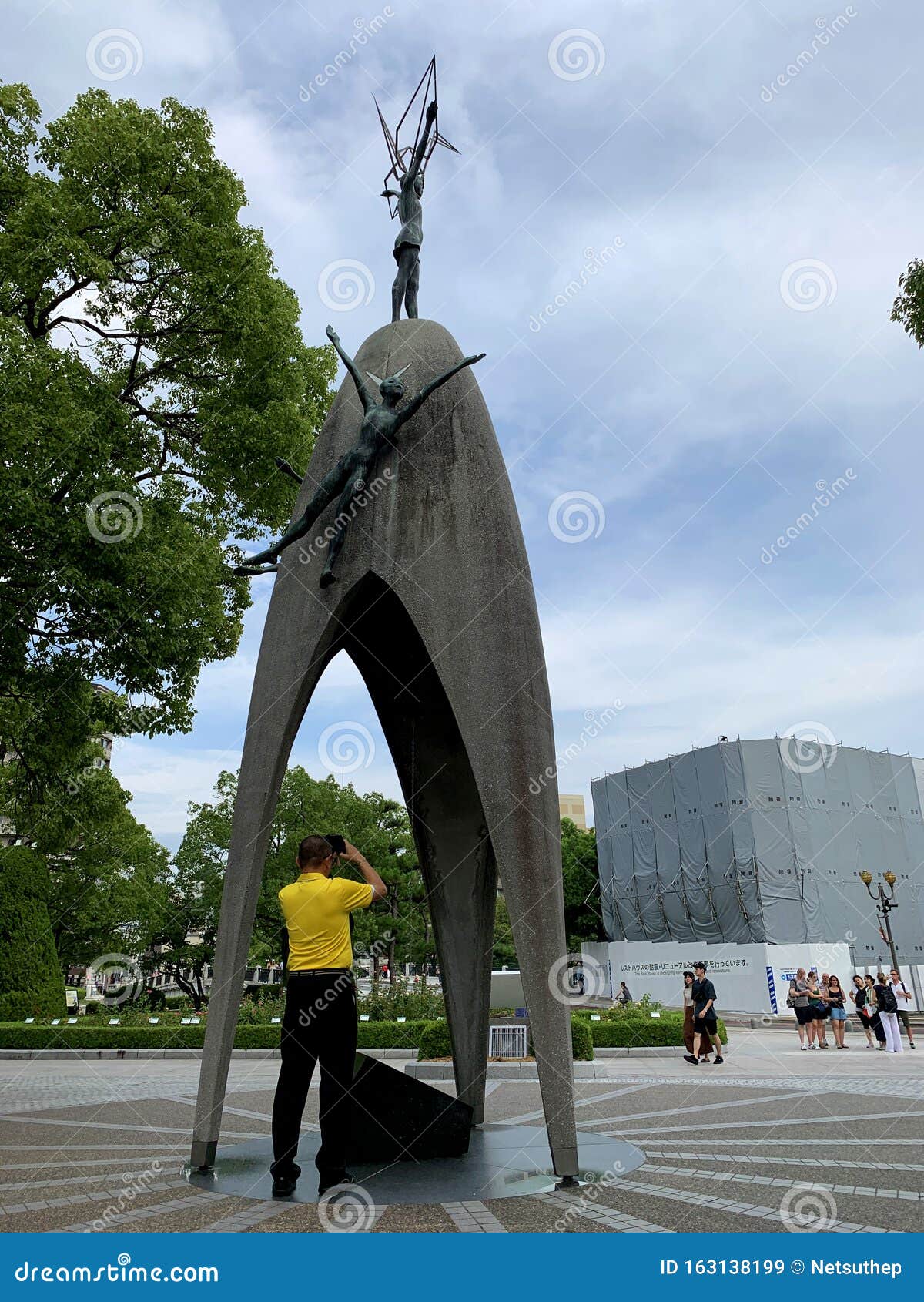
Sadako Sasaki Statue At Hiroshima Peace Memorial Park Editorial Stock Image Image Of Aioi Leukemia

Children S Peace Monument At Peace Memorial Park In Hiroshima Japan Encircle Photos
Peace Park Seattle Wikipedia
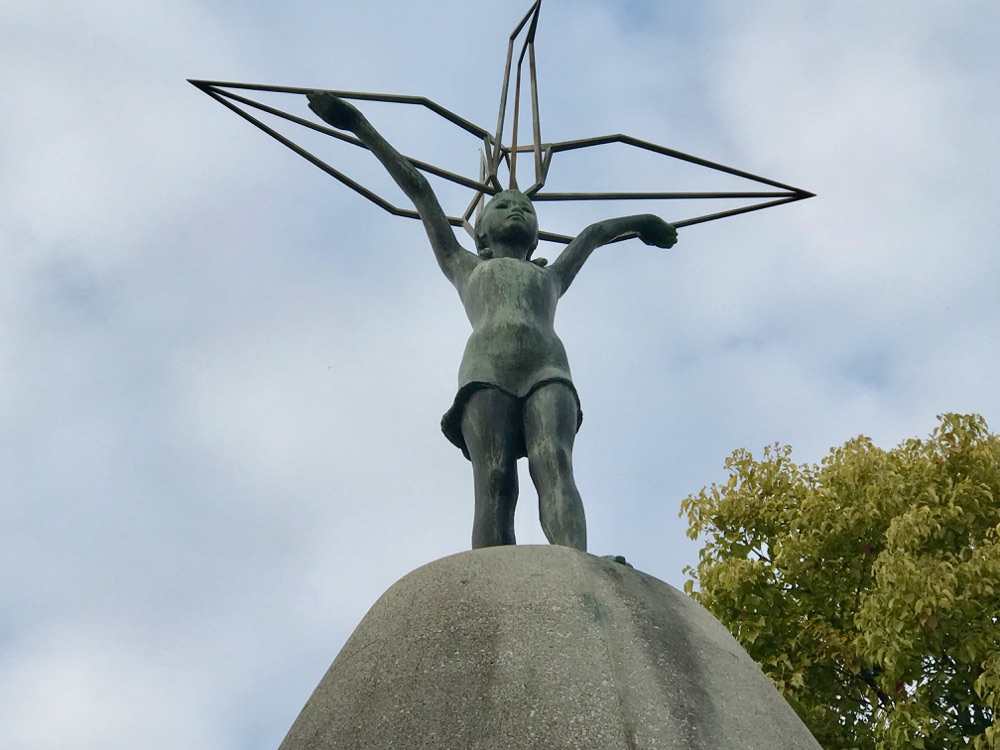
Monument For Sadako In Hiroshima

60 Years After Sadako Sasaki S Death The Story Behind Hiroshima S Paper Cranes Is Still Unfolding The Japan Times

Sasaki Hazel Reeves
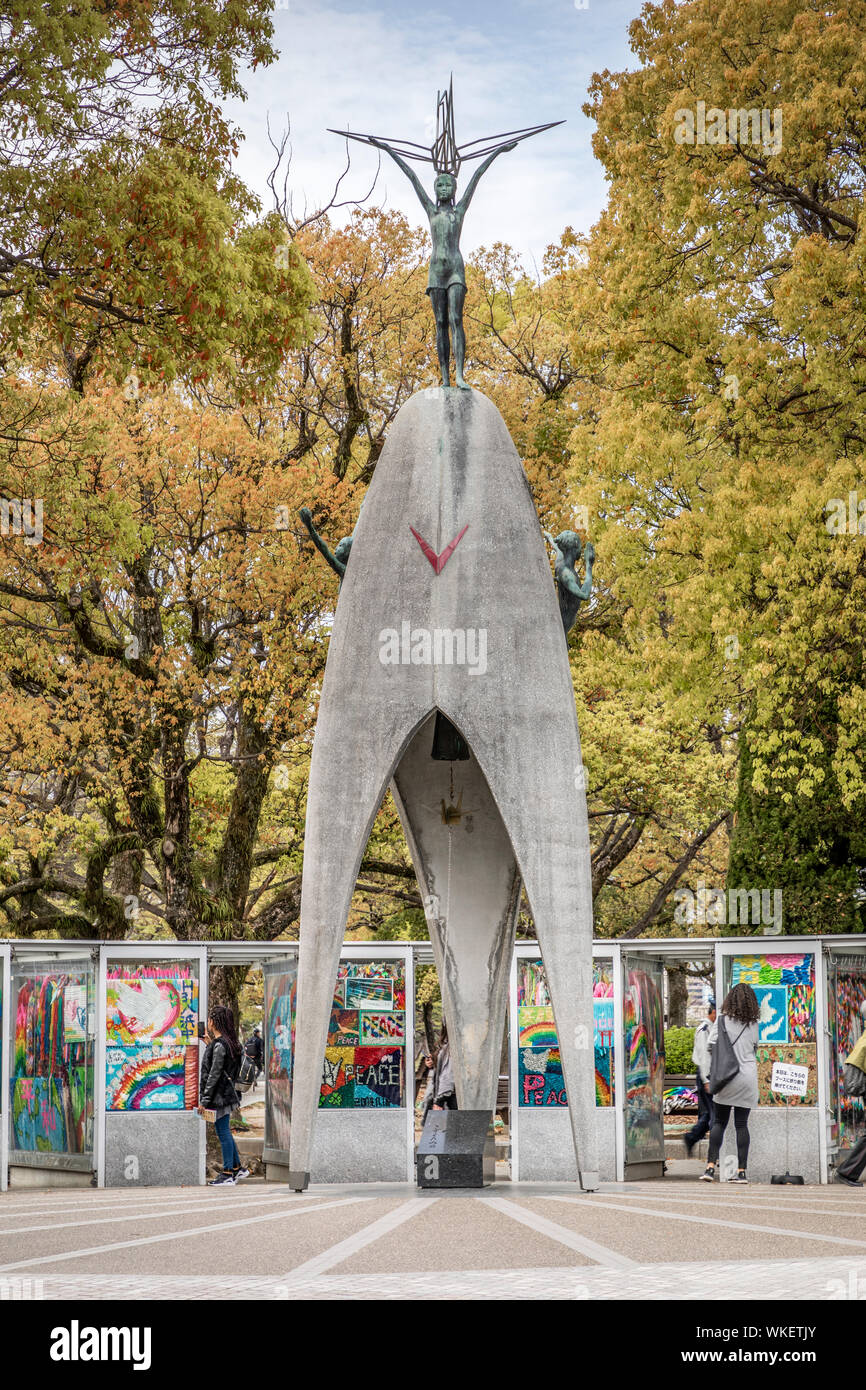
Statue Of Sadako Sasaki In The Peace Park Hiroshima Japan Stock Photo Alamy

The Story Of Sadako Sasaki Leukemia Cranes Hiroshima Peace Park Merryan Hiroshima Japan Guide Youtube

Seattle Peace Park Is Dedicated On August 6 1990 Historylink Org

Happy International Day Of Peace Today We Pay Tribute To Sadako Sasaki

Photo Of Statue Of Sadako Sasaki Peace Memorial Park Hiroshima Japan Added Image Jp

In Remembering Hiroshima One Girl S Heartbreak Reaches Across Language And Culture Whyy

Japan 09 Hiroshima 広島市 Hiroshima Hiroshima Peace Flickr

Hiroshima Peace Memorial Park Museum Guide Nerd Nomads

Sadako Sasaki And Stock Photos And Images Agefotostock
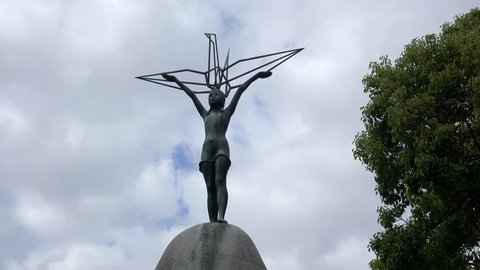
Sasaki Sadako Stock Video Footage 4k And Hd Video Clips Shutterstock

Children S Peace Monument Wikipedia

Children S Peace Monument In Hiroshima 8 Reviews And 32 Photos
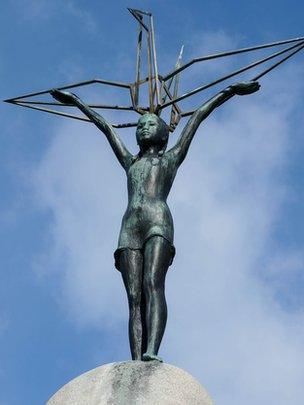
Hiroshima Memorial Ceremony Will Include Belfast Origami Sculptures c News

About Japan A Teacher S Resource Children S Peace Monument Japan Society

Children S Peace Monument A Bombed Buildings Cenotaph Etc Explore Hiroshima Hiroshima City Regional Area Official Tourism Website

Sadako Children S Peace Monument In Hiroshima Peace Park Japan Stock Photo Picture And Royalty Free Image Image

In Memory Of Sadako Sasaki And The Others Victims

Hiroshima Japan April 18 15 Children S Peace Monument This Monument For Peace To Commemorate Sadako Sasaki And The Children Victims Of The Atomic Bombing Stock Photo Picture And Royalty Free Image Image

Hiroshima Japan April 18 15 Children S Peace Monument This Monument For Peace To Commemorate Sadako Sasaki And The Children Victims Of The Atomic Bombing Stock Photo Picture And Royalty Free Image Image

Children S Peace Monument Wikipedia

Sadako Sasaki Memorial Hiroshima Peace Memorial Park Hiroshima Japan Hiroshima Peace Memorial Memorial Park Japan
Sadako



